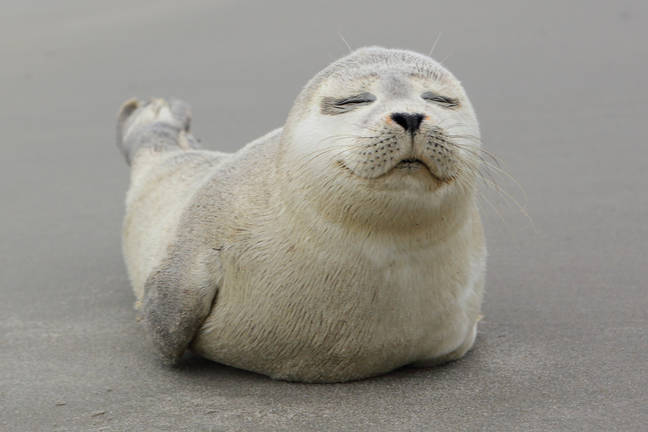A Japanese governing party politician has said that a WD-Kioxia merger would provide desirable mass scale and should have at the very least “equal bases of operations in both countries,” meaning the USA and Japan. All the existing Kioxia-WD joint-venture foundries are in Japan. Is this a de-facto seal of approval?
WD (Western Digital) is suggesting a merger with its NAND joint-venture partner Kioxia following that company’s withdrawal of its IPO. The IPO was dropped due to US-China trade tensions affecting future Kioxia sales to Chinese customers. Kioxia desired an IPO to help its owners, such as the Bain consortium and Toshiba, generate cash from their holdings.
WD’s proposal would involve WD paying some $20 billion for Kioxia shares. Reuters reports that Akira Amari, a former Japanese government economy minister and lawmaker in the ruling Liberal Democratic Party (LDP), heads up his party’s task force on semiconductors. In an interview he said: “We shouldn’t allow everything to be taken away to the United States. If Kioxia ties up with a foreign company, in particular an American company, then at the very least it will be necessary to have equal bases of operations in both countries.”
That suggests that WD could set up a NAND foundry in the USA if it wishes, so long as a least half of the combined company’s foundry operations remained in Japan. That should be easy enough to accommodate, as none of Kioxia and WD’s foundries are in the USA at present.
The Reuters article indicated that Toshiba is talking to private equity firms about its future — a future that has long been in peril due to disastrous nuclear power plant building activities in the USA. That led to the sell-off of its NAND business to a Bain-led consortium for $18 billion in September 2017.
Toshiba owns some 40.6 per cent of the resulting Kioxia business and getting a cash return from that would make its corporate life easier.
Amari’s reported comments could well be music in the ears of WD’s CEO and board.








